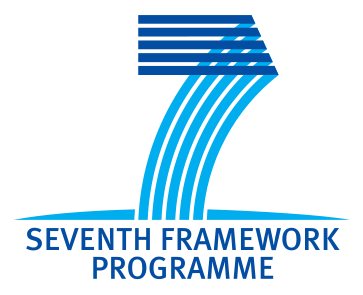WP1: State of the art, Use Cases, Requirements and Trend Screening
The main goal of WP1 is to define the starting point of the project concerning the current scientific and industrial status of international works within the project's context, to out the detailed targets regarding use cases in focus and to retrieve the necessary requirements as an input to the work within the overall technical work packages. These tasks – mainly dedicated to the first project period – will become accomplished continuous monitoring of scientific and industrial progress in the targeted areas. Trend screening is intended to be the baseline for assessing current targets and adaptation technical WP work. It will also contribute to the risk analysis as part of the project management activities. The focus is set to control and supervision of large-scale systems or even systems systems covering the different dimensions (horizontal, vertical and timely) of an overall process automation system.
The approach for doing this could be a robust and predictable event handling based on a formal approach. Here several scheduling strategies can be utilized depending on the specific system function to commence. The use of SOA gives an architecture enabling such event scheduling for a very large system. In this case, the issue of control becomes a matter of robust and predictable event scheduling and the choice of scheduling strategy. Predictability is important to enable end user trust using i.e. modelling and simulation. We are focussing on the architecture for basic event filtering and aggregation, independently of the event content, and on event scheduling for control and monitoring in process control applications. Consideration of integration issues between closed loop control exploiting selected technologies and predictable event based control strategies will become a major concern and a key enabler for the technologies developed within the AESOP project. This will be empowered through advanced communication capabilities between and integration of heterogeneous embedded systems and devices (characterized by increasing availability of affordable, high-performance, low-power electronic components allowing incorporation of increasing computing capabilities into ever-tinier components), with particular emphasis on platform independence, real-time requirements, robustness and security. Investigations on technologies and their suitability will be driven by end-user expectations.
Within the evaluation process, as targeted by WP1, existing and upcoming technical approaches (control strategies, monitoring, architectures, platforms, networking, engineering…) related to all of these dimensions will become considered to discover potentials in favour of the intended works or to identify competitive situations. Specific attention will be put to standardization activities.


